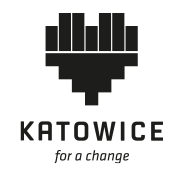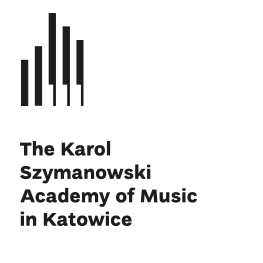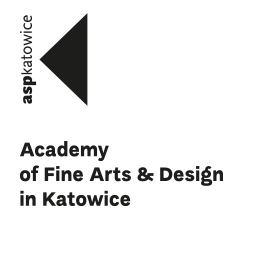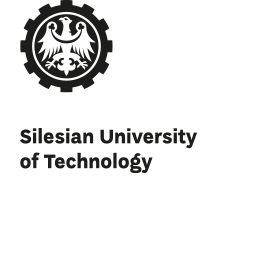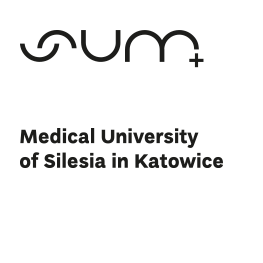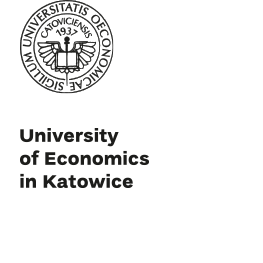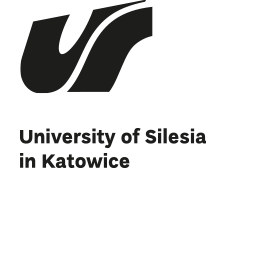Katowice is the first city in Central Europe to have been crowned with the title of the European City of Science. The title is given by EuroScience in cooperation with the European Commission. Academic Consortium — Katowice City of Science is composed of all public universities located in Katowice.
ESOF2024 | 12–15 June 2024 | Katowice, Poland
Katowice – the city of ESOF2024
Katowice is a city that has undergone a great transformation. In a region that used to be dependent on metallurgy and mining, it is science and culture that are becoming the new industry; the region is slowly shifting away from its traditions and now focuses on new technologies and deepening the awareness of the importance of the environment.
Katowice – the city of ESOF2024
Katowice is a city that has undergone a great transformation. In a region that used to be dependent on metallurgy and mining, it is science and culture that are becoming the new industry; the region is slowly shifting away from its traditions and now focuses on new technologies and deepening the awareness of the importance of the environment.
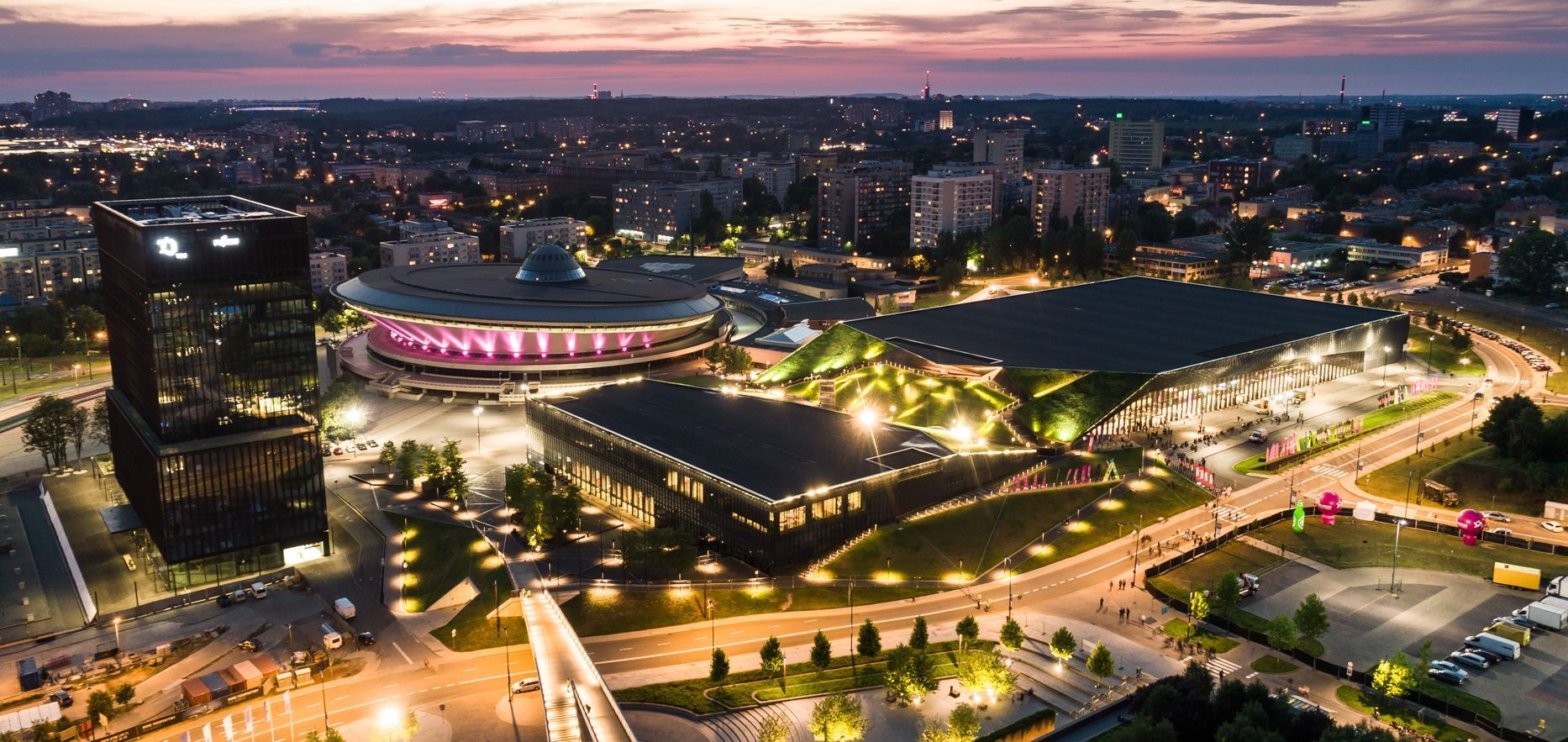
Photo by MCK / SPODEK

Universities
The city has seven public universities representing all disciplines of science and art. They constitute an internationally recognised scientific and research potential as well as personnel for the continuously developing creative sectors and infrastructure of the region and the country.
Study in Katowice
The capital of Upper Silesia is also a student-friendly city. In the Business Insider ranking that takes into account the level of universities, costs of living, potential earnings and leisure opportunities, Katowice was placed fourth among 12 most important academic centres in Poland.
Scientific Information Center and Academic Library (CINiBA) – the reading room | photo by the University of Silesia in Katowice
Culture
A new symbol of Katowice is the Culture Zone, a space revitalised thanks to the strenuous efforts of the city and its residents, with modern architectural gems unique in Europe, e.g. the edifices of the Polish National Radio Symphony Orchestra, the Silesian Museum and the International Congress Centre. Thanks to the large number and wide range of events taking place in Katowice, the city might be considered the centre of science, culture, sports and business.
The Culture Zone | Photo by UM Katowice
Architecture
Katowice has over 100 items in the register of historic buildings, combining many different architectural styles. In the city centre you will find Neo-Renaissance and Neo-Baroque tenement houses with elements of eclecticism, Art Nouveau buildings as well as unique modernist structures. Modernism was at the roots of Giszowiec - a “garden town” built for mining families, the only one of its kind, and the nearby Nikiszowiec, a historic workers’ housing estate near the former “Giesche” coal mine.
Nikiszowiec | photo by Radosław Kaźmierczak, UM Katowice
Gems of contemporary architecture
The historic fabric of the city is intertwined with contemporary architecture gems, giving the city a modern and presentable look, with buildings such as the Silesian Museum, built on the site of a former coal mine, grand-scale National Polish Radio Symphony Orchestra (NOSPR), District Court and multifunctional International Congress Centre (MCK).
National Polish Radio Symphony Orchestra (NOSPR) | photo by Radosław Kaźmierczak, NOSPR press kit
Events
The capital of the Silesian Voivodeship and the Metropolis GZM is also one of the most rapidly growing cities in Poland. It hosted such events as the UN Climate Summit (COP24) in 2018 and the World Urban Forum (WUF11) in 2022. 2024 will be marked by the European City of Science, but the city does not intend to rest on its laurels as — for the second time in its history — efforts are being made to award Katowice the title of European Capital of Culture.
COP24 participants | Photo by Radosław Kaźmierczak
Ecology
The city's potential is also determined by environmental awareness and eco-responsibility. The low-carbon management plans in place contribute to improved air quality and increased energy security. The city relies on the development of clean urban transport and an urban bicycle network. Ecology is of particular importance to the residents of Katowice, which is one of the greenest cities in Poland. More than 40% of its area is covered with forests, which, together with parks and green garden squares, provide an excellent place for recreation and leisure.
Valley of 5 Ponds in Katowice | Photo by UM Katowice
Ecology
The city's potential is also determined by environmental awareness and eco-responsibility. The put-in-place low-carbon management plans contribute to improved air quality and increased energy security. The city relies on the development of clean urban transport and an urban bicycle network. Ecology is of particular importance to the residents of Katowice, which is one of the greenest cities in Poland. More than 40% of its area is covered with forests, which, together with parks and green garden squares, provide an excellent place for recreation and leisure.
Valley of 5 Ponds in Katowice | Photo by Przemysław Borsuk
Life in Katowice
Katowice is the second-best Polish city to live in, according to a 2023 ranking by Business Insider. The ranking includes the capital of each of Poland’s 16 provinces and is based on a combined score in six categories: unemployment, average wages, crime rate, access to housing and medical care, and air quality.
The unique architecture of Dworcowa Street in Katowice | Photo by Radosław Dybała
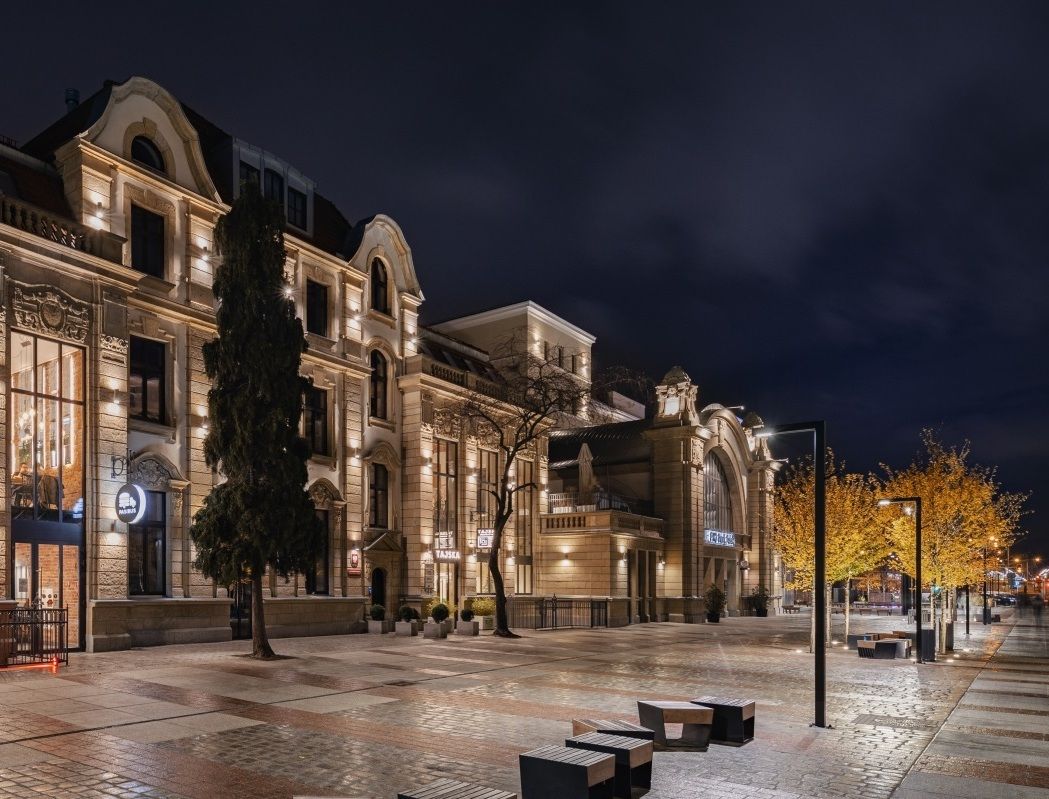
Life in Katowice
Katowice is the second-best Polish city to live in, according to a 2023 ranking by Business Insider. The ranking includes the capital of each of Poland’s 16 provinces and is based on a combined score in six categories: unemployment, average wages, crime rate, access to housing and medical care, and air quality.
The unique architecture of Dworcowa Street in Katowice | Photo by Radosław Dybała

Contact

Funded by the European Union. Views and opinions expressed are however those of the author(s) only and do not necessarily reflect those of the European Union or European Research Executive Agency (REA). Neither the European Union nor the granting authority can be held responsible for them.

Funded by the European Union. Views and opinions expressed are however those of the author(s) only and do not necessarily reflect those of the European Union or European Research Executive Agency (REA). Neither the European Union nor the granting authority can be held responsible for them.
All Rights Reserved


